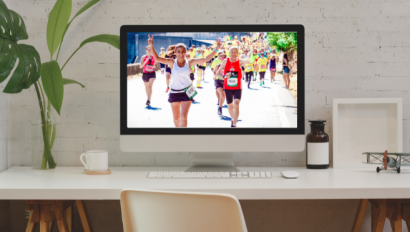A Step-by-Step Guide to Setting Up Your Event’s Website
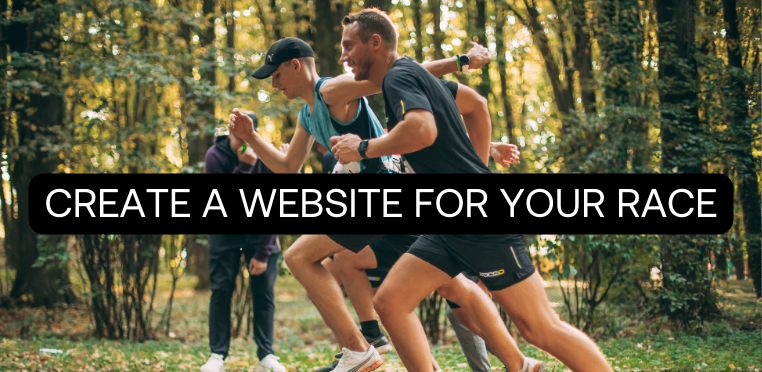
Creating a website for your race is a great way to provide information, register participants, and tell the community everything about your race! The benefits of having a website for your race is that you have a dedicated place where participants can go to learn more about your event.
Let’s get into it!
Step 1. Choose your domain name
This should be the name of your race, or something similar to it so that it is the first thing that comes up on google when people search for your race. The name should be relevant, easy and memorable – just like the name of your race.
For example, one of our races – Nordenskiöldsloppet – their website is Nordenskiöldsloppet.com
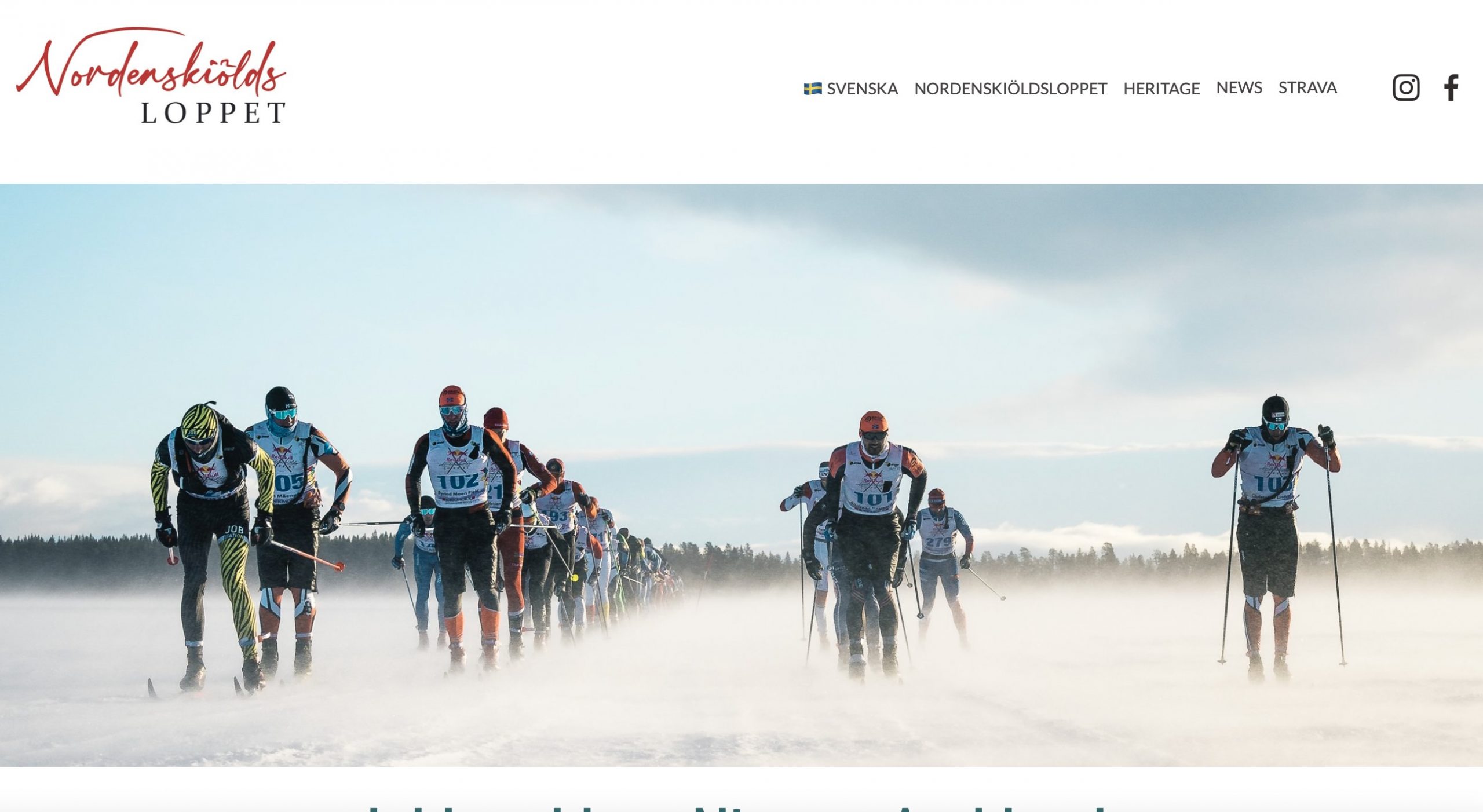
Step 2. Select a Hosting Platform
Three popular website hosting platforms are WordPress, Wix, and Squarespace. Let’s quickly compare them!
WordPress: Flexible and Scalable
WordPress is highly flexible and customizable, offering a wide range of themes and plugins. It’s suitable for both simple and complex websites.
WordPress is also highly scalable, making it suitable for small personal blogs to large business websites.
On the other hand, it takes a bit longer to learn how to use it, especially those who are not familiar with website development. However, there are plenty of tutorials!
What does WordPress cost?
WordPress itself is free, but you’ll need to pay for a domain name and hosting. The cost can vary depending on the hosting provider and any premium themes or plugins you choose.
Wix: Best for beginners
Wix is easy to use – it has a user-friendly drag-and-drop interface. If you want to create a website without dealing with code, then Wix is for you.
Wix is suitable for small to medium-sized websites. While it’s easy to get started, some users find it less flexible as their site grows. Compared to WordPress, customization options (templates) are more limited compared to wordpress.
What does Wix cost?
Wix has various pricing plans, including a free option with Wix-branded domain and ads. Premium plans offer more features, including a custom domain and removal of Wix ads.
Squarespace: Easy to use and Looks Elegant
If you prioritize a good design/ aesthetic to your website, then squarespace is a great choice. There’s plenty of professionally designed templates to choose from and easy to use with Squarespace having a clean and intuitive interface.
Squarespace is suitable for small to medium-sized websites. It’s a good choice for users who want a visually appealing site without getting into the technical details.
What does Squarespace Cost?
Squarespace offers pricing plans, including a personal plan with a Squarespace-branded domain and ads. Premium plans provide more features and the option for a custom domain.
Which one should you choose? Squarespace, Wix or WordPress?
It depends on your needs, technical expertise, and preferences. Willing to learn and wanting maximum flexibility? Try wordpress. Want something quick and easy? Try Wix. Do you value design but want to keep it easy? Try Squarespace. Each platform has its strengths, so consider what features are most important for your event website.
3. Design Your Website
Once you’ve made a choice for your website host, decide on a visually appealing design that suits your race. Perhaps you already have color schemes/ fonts in your race logo that you can use?
Here are some tips from our Designer Owen on choosing color schemes and fonts for your website.
Want it fresh and energetic?
Choose bright, contrasting colours to create an energetic vibe – perfect for a sports event. Bright reds and yellow are especially passionate colours, but if you want something more natural but still energetic, go with cyan or cobalt blue. But use sparingly – you don’t want to give your racers a headache! Add in some bold fonts such as Impact or Bebas Neue to create punchy titles, and a more readable sans serif font such as Open Sans or Roboto for longer bodies of text.
Want it more friendly and community-orientated?
Choose softer pastel colours. Natural colours such as forest and sage green, teal, sky blue, and ochre can create a calming and friendly tone. For fonts go with something like Merriweather if you want a more traditional look, or try Inter or Poppins for something more modern.
Want it classic/ traditional?
Choose black, white and gold – this combination is timeless. Serif Fonts go well with this style, such as Times New Roman and Georgia. Or for something even more luxurious try something high-contrast like Aloha Magazine or Archy.
Step 4: Your Website Pages
You don’t need to make your website more complicated than it has to be. Keep it simple to start with. You’ll need some key pages/ or sections if you just want a landing page.
Include:
- About Event (remember location and date of event are super important for participants to know!)
- Registration (where to register)
- FAQ and a
- Contact section (where you are located/ your phone number)
- Extras: If you have a newsletter – make sure to add in a subscription button for it on your page. Make sure to highlight your partners somewhere on your page.
Check out how Nordenskiöldsloppet have done it below!
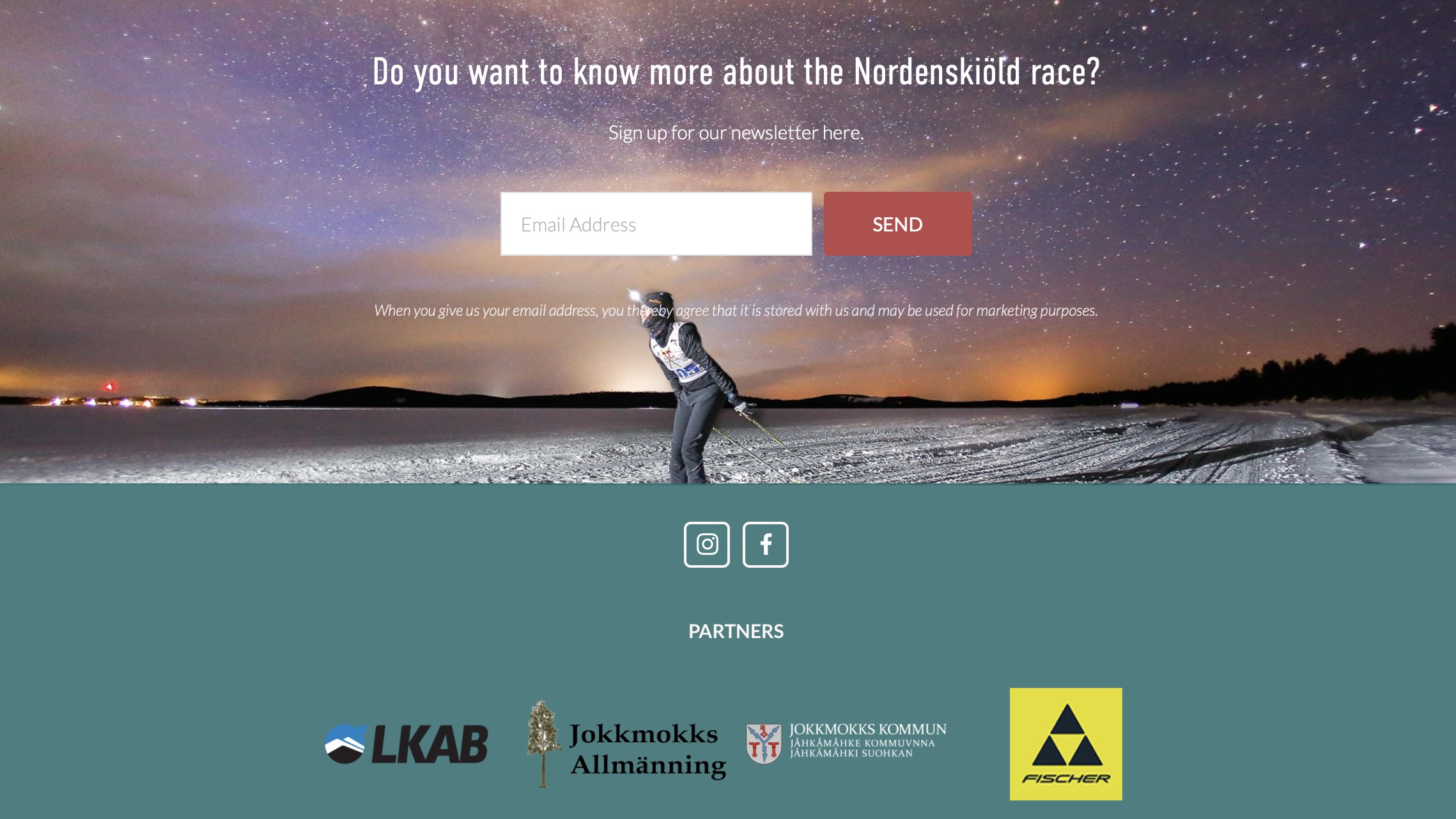
Step 5: Include Original Photos and Videos
Your website is an opportunity to showcase previous races that you’ve had – examples of the route, and the overall atmosphere.
Original photos and videos from your event tell a story that words alone cannot convey. They capture the emotions, excitement, and camaraderie of previous races, allowing potential participants to envision themselves as part of the experience. Original photos are also important because they are ranked higher by google! So try to limit the amount of stock imagery that you use or don’t use any!
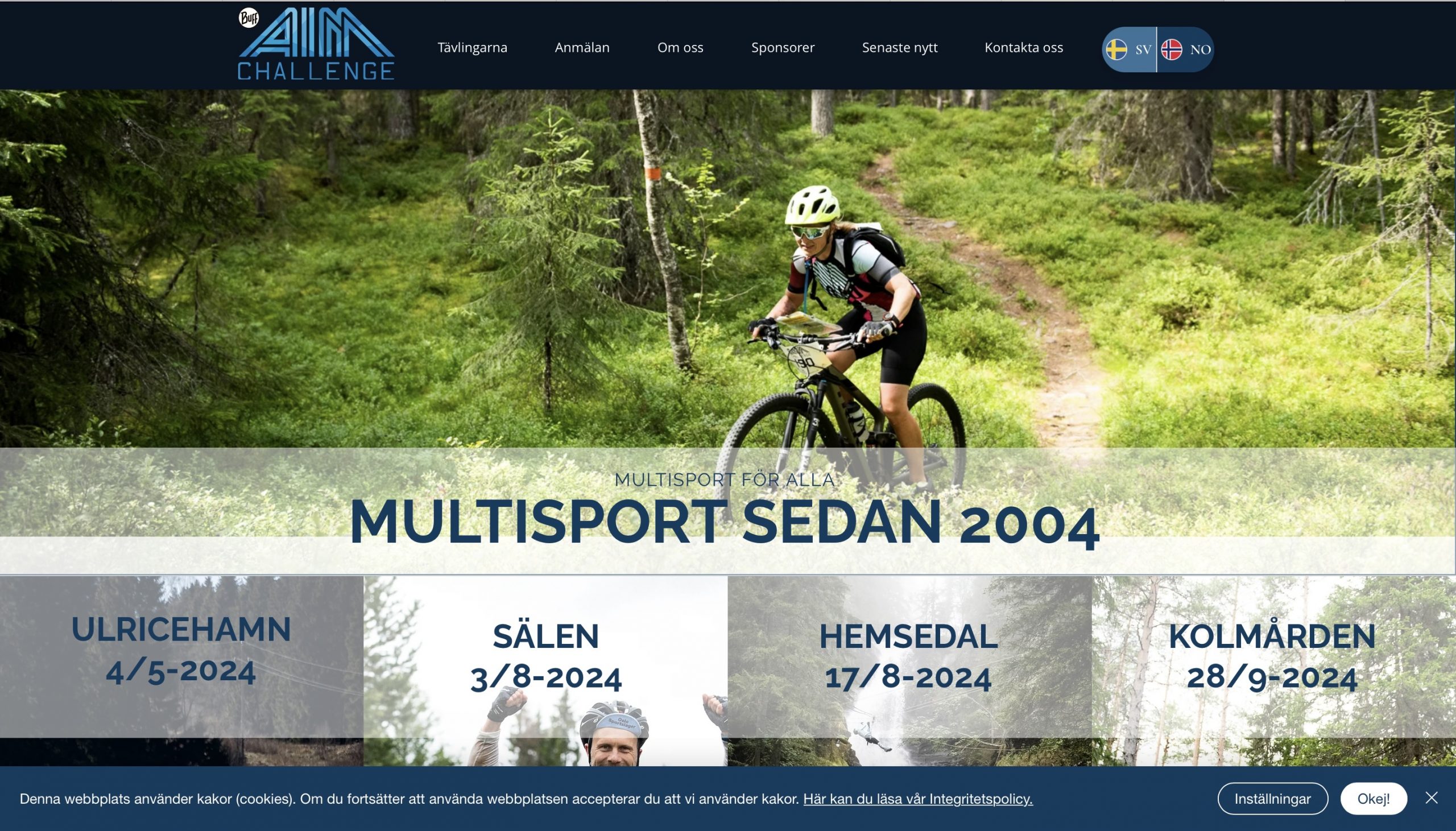
Check out how Aim Challenge has made use of photos and videos from their events!
Step 6. Add Social Media buttons
Add social media links so that people can find your social media pages where you can update more daily/ weekly about your race!
Social signals, such as likes, shares, and comments, can indirectly impact your website’s search engine ranking.
By linking your website to social media, you contribute to a more comprehensive online presence, potentially boosting your SEO efforts.

Let’s wrap it up!
Having dedicated website for your event is a pivotal step towards ensuring its success.
By providing a centralized hub for information, registration, and community engagement, you not only enhance the participant experience but also amplify the visibility of your race.
We hope this article was helpful!
